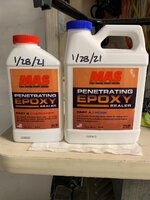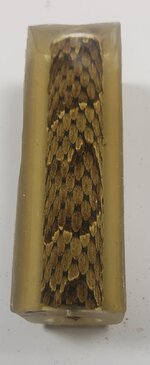vtgaryw
Member
I had taken an initial shot at this a couple of years ago but never really finalized it. But when Royal Palm went out of business (which had been my go-to epoxy for clear casting) I decided to do a little research since there were so many Alumilite formulations out there. So, here's my latest iteration. I only included resins for which I could find Manufacturer's Technical Data Sheets. Several of the Alumilites may not be useful for pen making, but their website was so comprehensive I threw them all on there.
I'm open to suggestions on other fields I could add, and links to any other resins people might be using (as long as I can find enough info on them.)
I'm open to suggestions on other fields I could add, and links to any other resins people might be using (as long as I can find enough info on them.)



